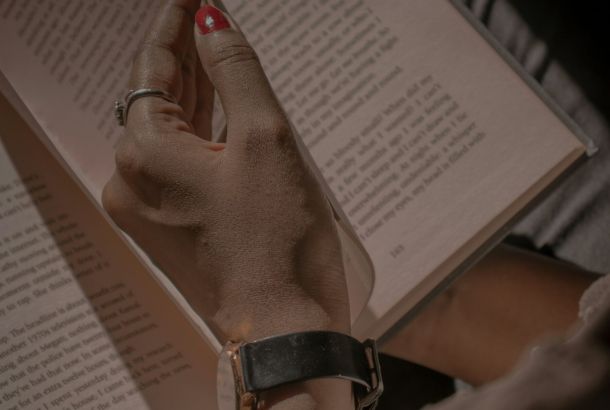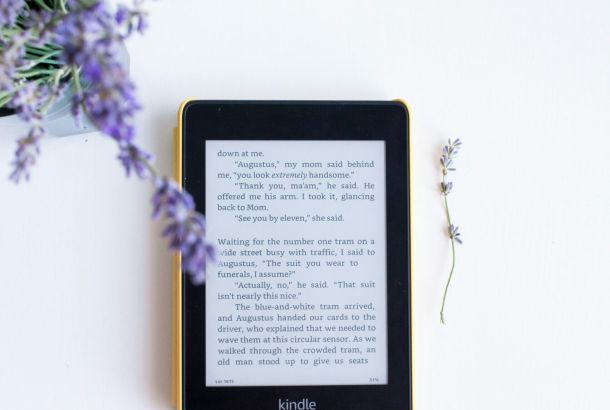Review: ‘The Definitive Book of Body Language’ by Allan and Barbara Pease

I frequently find myself sat studying in a busy library, noticing body language during interactions between people around me. Often, I notice a stark difference in freshers interacting and third years interacting with one another. If you yourself find it difficult to interpret or convey what gestures communicate, Allan and Barbara Pease’s book may be ideal.
Reading the book, I realised it could help to improve relationships with those around me. Because of this, I’d recommend it to anybody who wants to improve their relationships with the people they interact with.
The book is divided into 19 chapters, 15-16 of which deal directly with specific aspects of body language. Language such as foot positioning, hand gestures, and the handling of objects like cigarettes. It codifies certain gestures like the ‘steeple’ and the ‘catapult’, and details the emotions and attitudes likely to be present in a person displaying them. You can also understand how such gestures are likely to be received and reacted to by others.
The authors discuss the subtle and sometimes not so subtle messages such gestures send in the context of evolutionary history. The book generally makes a lot of sense and can be quite satisfying to read. They also give practical applications and pieces of advice about which gestures may be more useful in certain contexts, as well as how best to respond or behave around people based on the gestures and body language they display.
Did you ever really pay much attention to which way your palm faced when you addressed people? Or how often you bring your hand near your mouth when you lie and why that is?
I was slightly disappointed by the book’s ethnocentrism and simplicity. The authors admit that aspects of body language, and its psychological messages, can vary from culture to culture. The issue is how they skim over this very nonchalantly.
They focus almost exclusively on business and dating contexts, and exclusively heterosexual ones at that. Generalisations and claims are made with little evidence out there to actually support them. I did feel when reading that I was being sold to, marketed ideas rather than objectively presented with them. I’m not sure how applicable to real life some claims made may actually be.
Nevertheless, the book covers the limited specific contexts it does cover quite well. It isn’t perfect and I would take its claims with a pinch of salt. However, the ideas and applications offered in the book do feel reasonable and useful at a basic level.
I am glad I read it despite my criticisms, and I do feel more equipped to read people’s body language better than before.
If I was going to try and sum up the message and relevance of the book in a couple of sentences it would go as follows: Your gestures and non-verbal communication say more to people than even your words a lot of the time. By becoming cognisant of how body-language portrays people’s attitudes, you can improve your communication.







